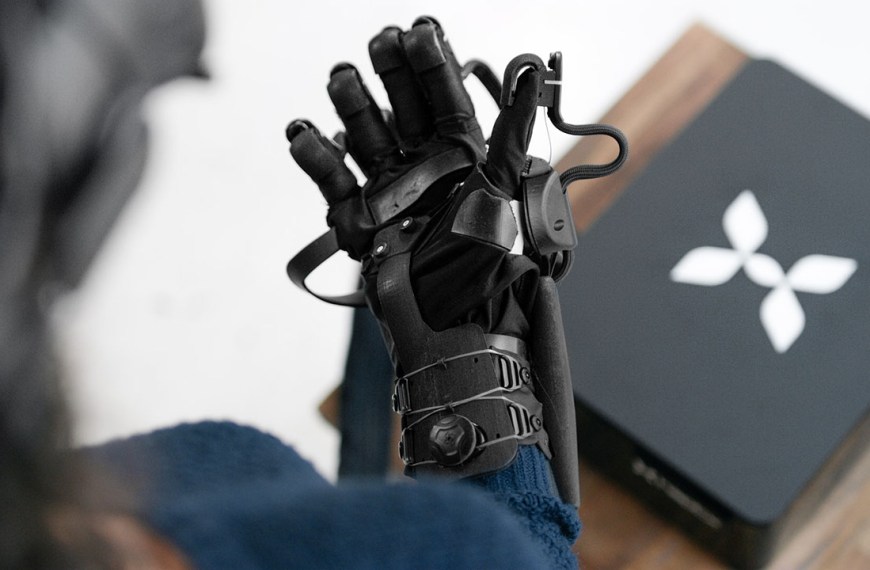In most cases, people will not be spending a large amount of time in an XR headset, so it’s safe to assume that over time they may forget the various controller options needed to interact within a specific application. This is where tooltips and memory cues come in.
Tooltips
Tooltips provide relevant information about an interaction to help people better understand what will happen.
Memory Cues
Memory cues help remind people of something – such as how to interact with an object or what they’re supposed to do next.
TL;DR Do’s and Don’ts
Do
- Ensure that they show relevant and up-to-date information on what actions can be performed within that portion of the experience. For example, if a scroll wheel is only needed when a menu is open, only show the scroll wheel overlay when the menu is open.
- If the tooltips or memory cues are on the controllers, include haptics to draw attention to them.
- Accompany icons with text whenever possible since icons can be interpreted differently by different people.
Don’t
- Don’t show tooltips or memory cues out of context. Keep them relevant to the actions being performed.
Recommendations
- Emulate the buttons and icons on the controller – especially for VR.
- When emulating controllers and buttons, de-emphasize buttons that aren’t relevant at any point in time in the experience.
- Consider adding an option to a settings menu that allows people to toggle tooltips on and off.
- Consider the following as triggers for activating memory cues…
- Rapid, successive, random clicks of buttons as they may indicate the user doesn’t know how to progress.
- After a set amount of inactivity during a task.
Examples to try
Google Earth VR
They overlay virtual graphics onto the controller buttons as a constant reminder as to which button controls what action. These overlays change to remain relevant at all times depending on where you are in the experience. Also, on first entering, there are tooltips explaining how to use the various buttons and what will happen when you perform these actions. As with good game design, these tooltips will go away with time and will show again as occasional reminders based on certain usage algorithms.
Moss
They cleverly use Quill’s body language to direct your attention on where to look at certain points in the story. As the story progresses, they use a subtle ghosted controller to demonstrate which button to use for what interaction. And the objects you can manipulate directly have a nice highlight to distinguish them from the rest of the world.
Learn more
- The Gamer’s Brain: How Neuroscience and UX Can Impact Design – GDC 2015 talk
- UX Best Practices for Training in XR
If you enjoy these articles, consider supporting me on Patreon.
I’m an Immersive Tech UX Design Professional with over 22 years of experience designing for kiosks, websites, mobile apps and desktop software for many well-known and not-so-well-known companies.
I’m not speaking on behalf of or representing any company. These are my personal thoughts, experiences and opinions.











